10. Maya Hayuk is a Brooklyn-based artist known for channeling Ukrainian crafts into her psychedelic and geometric visions. Somewhere between a flattened rave and a traditional quilt, Hayuk's murals are as intoxicating as they are comforting.
9. Ludo is best known for his "Nature's Revenge" series, where military and industrial images are collaged to create natural forms—nature begins to regain ground in the urban environment. His style is immediately recognizable, particularly because of his signature bright green color.
8. One of the Brazilian greats, Nunca paints indigenous-style characters and strong political statements around the world. He has painted everything from a castle in Scotland to the exterior of the Tate Modern in London.
For an artist whose work frequently represents the themes of anonymity, alienation and loneliness inspired by city-living, it is perhaps appropriate that Slinkachu biographical details remain vague. Born in Devon in 1979, Slinkachu moved to London in 2002 where he pursued a career in commercial art and design. In 2006, Slinkachu embarked on the first of his street art installation campaigns: The Little People Project. His miniature figures are left to fend for themselves in the bustling city, where they are then photographed and left to the abandon of their urban environment. These figures embody the estrangement spurred by the over-whelming nature of the modern metropolis, and incite a renewed perspective of the everyday urban experience to those who find them. Slinkachu is currently exhibiting a solo exhibition, "Miniaturesque" at Andipa Gallery in London until April 11th.
Replete, To Bathe in the Glory of the Basking Angel, 2014. Handpainted with acrylic and spraypaint on canvas.
6. Replete, an innovative artist from Leeds, has pioneered a new street art technique by painting his work onto stretched pieces of cling film, creating the illusion that the work is hovering. This F-15 origami fighter jet - made from dollar bills - looks three dimensional from a specific angle. He's also got some X-Wings and Tie Fighters in the works.
Miss Van, Majur Pajaro, 2014. Archival pigment print on 310gsm museum natural fine art paper
5. Miss Van is a France-born, Barcelona-based artist, and one of the original women of street art. Her iconic walls feature romantic renderings of Baroque-era ladies in pearls and furs. Often donning "Eyes Wide Shut"-style animal masks, the femme fatale protagonists are as seductive as they are dangerous.
4. When Time magazine selected the British artist Banksy—graffiti master, painter, activist, filmmaker and all-purpose provocateur—for its list of the world’s 100 most influential people in 2010, he found himself in the company of Barack Obama, Steve Jobs and Lady Gaga. His satirical street art and subversive epigrams combine dark humor with graffiti executed in a distinctive stencil technique. His works of political and social commentary have been featured on streets, walls, and bridges of cities throughout the world.
3. Huge murals, strong political statements, powerful imagery and a few multi-million-stream animated videos; everything Blu does is ambitious, and he's talented enough to pull it off. He also stands admirably outside of the commercial art machine.
Tristan Eaton, Liberty, NYC
2. Tristan Eaton is a graffiti artist, street art muralist, illustrator, and toy designer. He became involved in the Urban Toy scene by working with toy-production Kidrobot designer Paul Budnitz. At a very early stage, they worked together on an animated film where Paul Budnitz directed and Tristan Eaton art-directed. Kidrobot became so popular that they both stopped working on the film and became involved in the toy-production full-time. These toys were created on a limited edition and based on the work of significant graffiti artists and the hip-hop culture. He also believes that limited designer toys lie between fine art and consumerism since fine art is highly expensive, while consumerism is less expensive and available to masses.
1. Keith Allen Haring was an American artist and social activist whose work responded to the New York City street culture of the 1980s by expressing concepts of birth, death, sexuality, and war. Haring's work was often heavily political and his imagery has become a widely recognized visual language of the 20th century. When Haring arrived in New York in 1978, it was home to a thriving underground art scene. Haring befriended fellow emerging artists like Jean-Michel Basquiat and Kenny Scharf, who shared his interest in the colorful and transgressive graffiti art of the city's streets. Haring and these other artists organized exhibitions at downtown nightclubs and other alternative locations, where art, music and fashion all came together in a dynamic mix.
Always wanting to make his art more accessible, Haring opened a retail store called the Pop Shop in New York City's SoHo neighborhood in 1986; the shop sold posters, T-shirts and other affordable items featuring Haring's signature designs. Over the brief span of his career, the artist completed more than 50 public works, including the anti-drug mural Crack is Wack in a Harlem playground and an illuminated, animated billboard of his "radiant baby" image for New York's Times Square. He also hosted numerous art workshops for children.
In 1988, Haring was diagnosed with AIDS. The following year, he created the Keith Haring Foundation to support children's programs and organizations dedicated to raising AIDS awareness. Keith Haring died in New York on February 16, 1990, of AIDS-related complications. He was 31 years old. His art is still exhibited worldwide, and many of his works are owned by prestigious museums, including the Art Institute of Chicago, the Museum of Modern Art in New York City and the Centre Georges Pompidou in Paris, France. Haring's art, with its deceptively simple style and its deeper themes of love, death, war and social harmony, continues to appeal strongly to viewers.












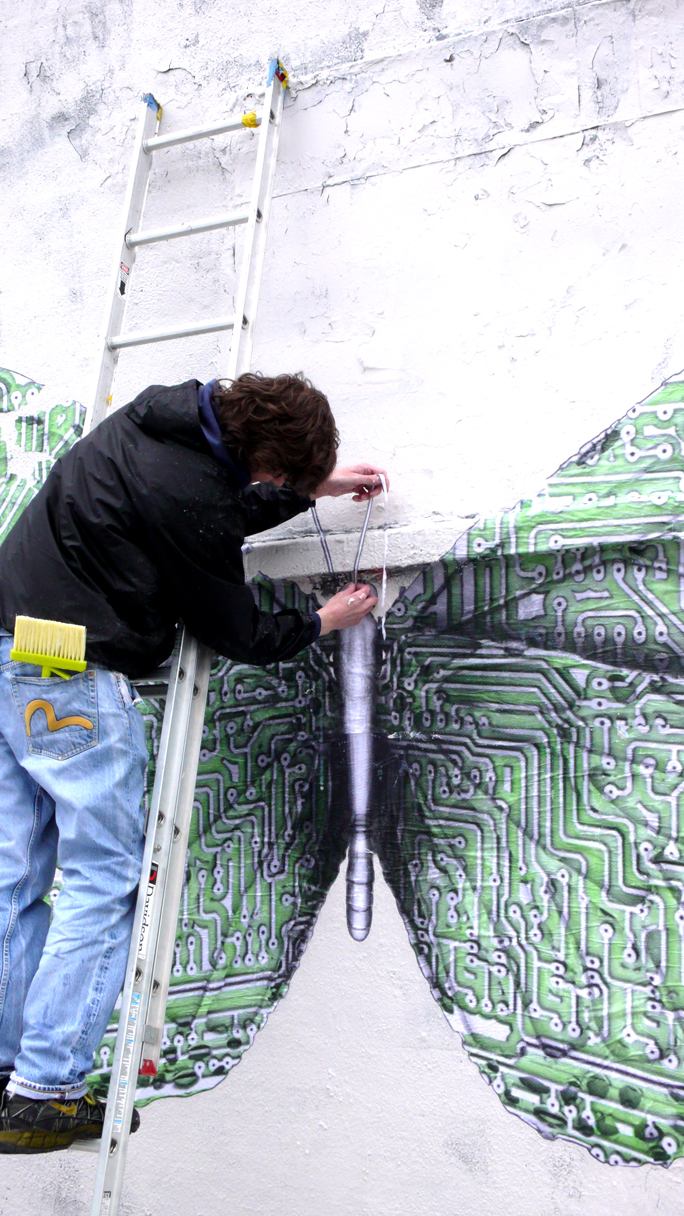
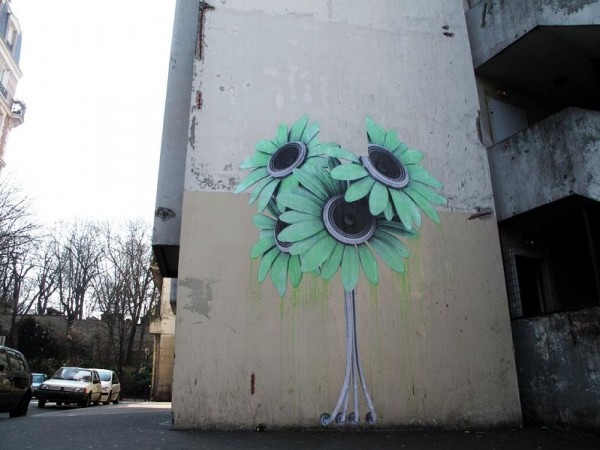

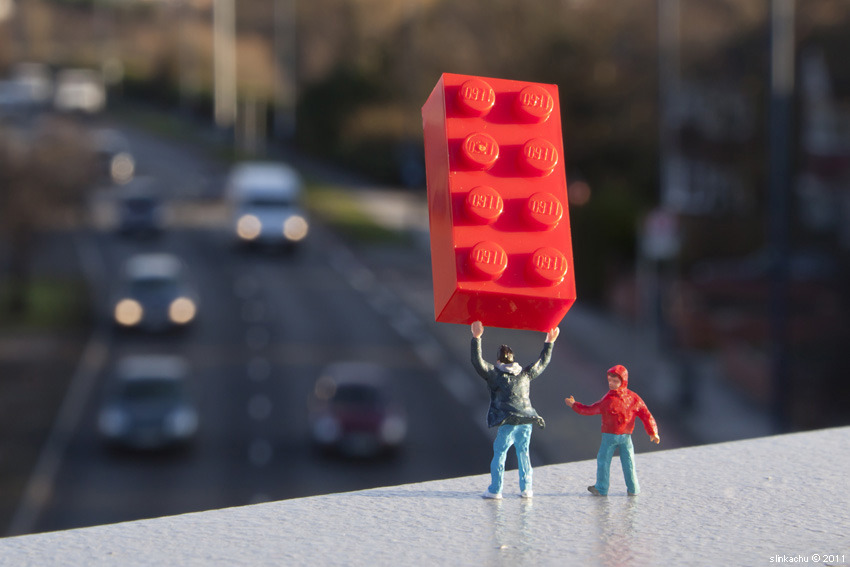
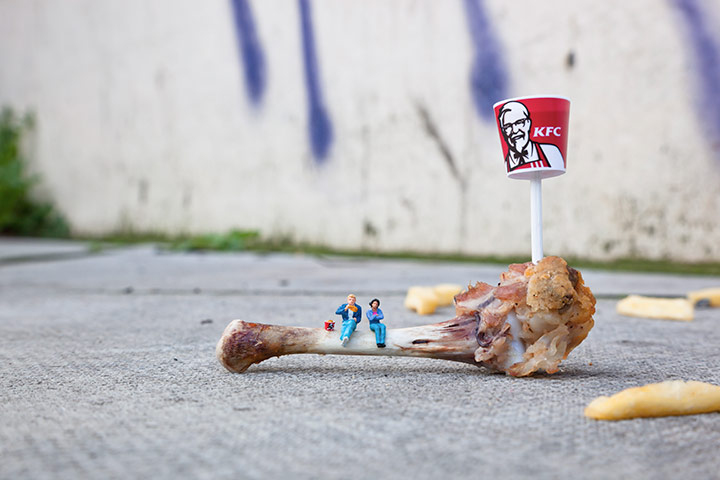
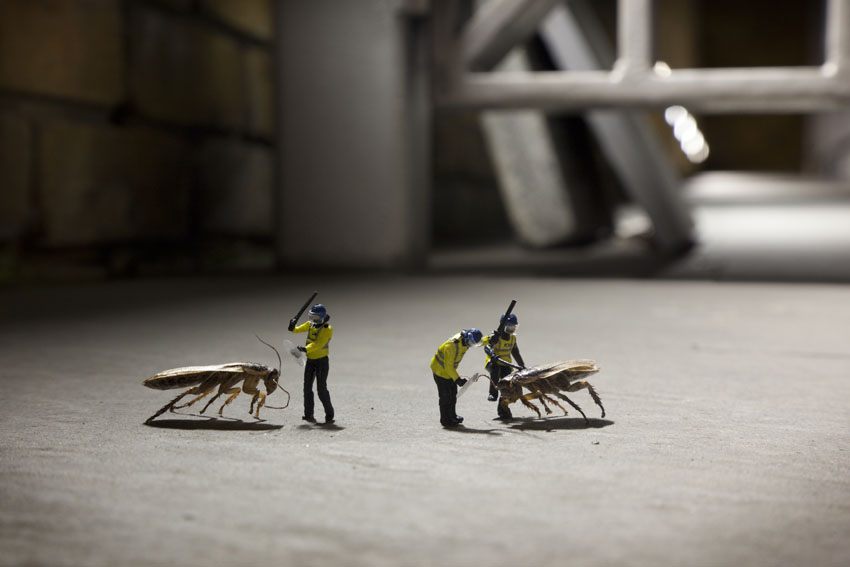
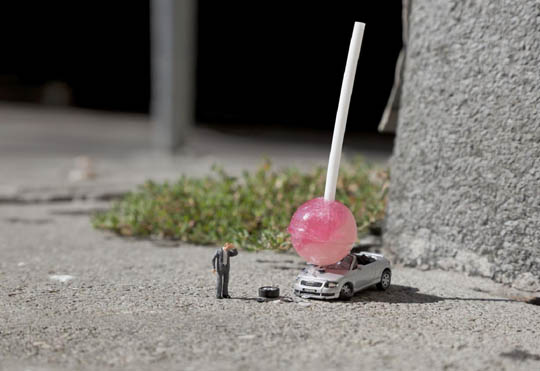
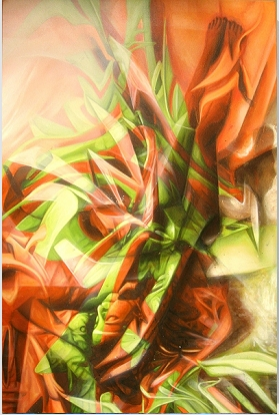


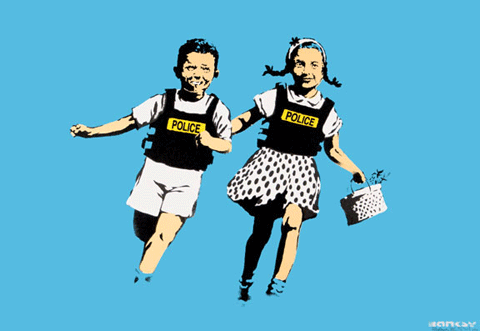
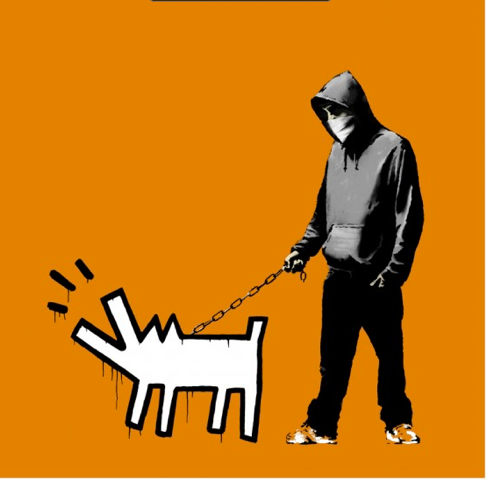
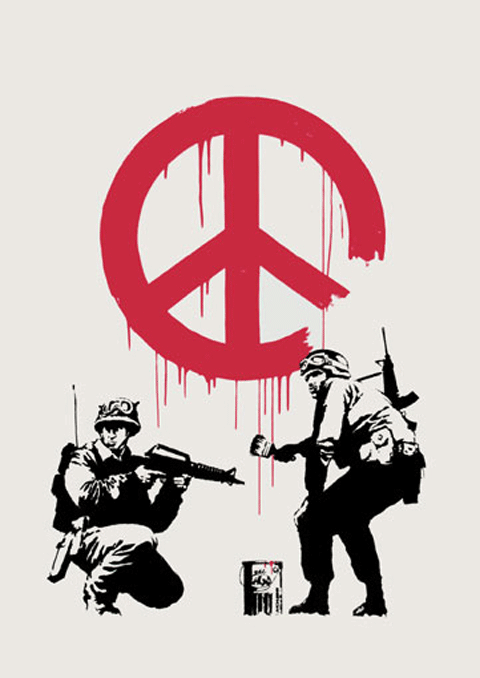






Ysabel LeMay's phantasmagorical nature photographs defy all odds. In a world where nature photography has been done to death, LeMay' creates unique images that radiate with awe.